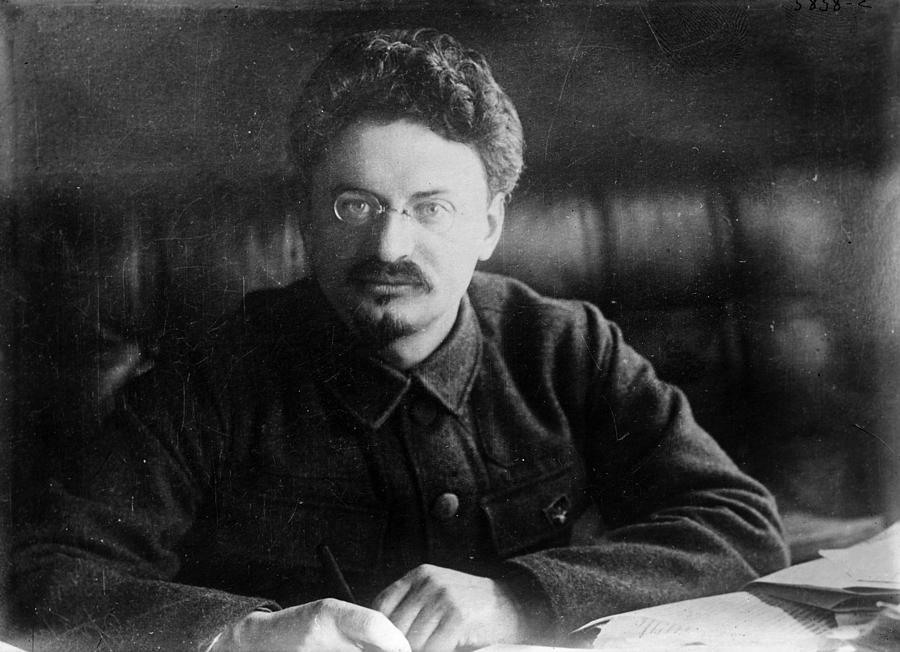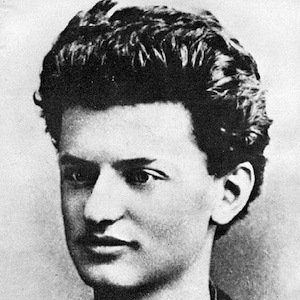
Trotskyism is the theory of as advocated. The man gets up and starts reading: “ You were right and I was wrong? You are the true heir of Lenin? I should apologize? Signed, Leon Trotsky. The pure Trotsky model in its analysis of the post-Stalin and especially the post. Stalin, the outsider, maneuvered his way through the corridors of power. Twelve years later he organized and led the victorious October revolution of 1917, a model for all insurrections and one of the turning points in history. When Vladimir Lenin, the leader of the Russian Revolution, died in 1924, the fate of the Soviet Union and its leadership was left to two men: Leon Trotsky and Joseph Stalin. As a young man of twenty-six Trotsky presided over the revolution of 1905, the first assault of the Russian masses on the Tsars government. May I read the telegram myself?” “Of course, comrade!,” Stalin asks. Leon Trotsky, 1940, via with Portrait of Joseph Stalin, 1935, via Google Arts and Culture. “Comrade Stalin, I think you know Comrade Trotsky is Jewish.” “Yes, I do.” “Well, I’m Jewish, too, and I thought I might have an extra insight on what Comrade Trotsky was trying to say. Trotsky’s idea of permanent revolution will always be attractive to the kind of romantic who believes that he is being oppressed by global capitalism when he maxes out his credit card.

The crowd goes wild! But wait, there’s one man in the crowd signaling to get Stalin’s attention. Let me read it to you: ‘You were right and I was wrong. In October 1932, almost three years after Stalin initiated dekulakization and a month after the first report of the Ukrainian famine appeared in his Biulleten’ Oppozitsii, Trotsky continued to warn the regime about the kulak danger. Leon believes so strongly of his re-embodiment that he models his young life around the history of the 20th century Soviet leader including his relentless. “I have in my hand a telegram from Comrade Trotsky, which I think will resolve our current differences of opinion. Trotsky’s search for contending classes to fit his Bonapartist model would prove to be elusive. One of the more radical beliefs of Trotsky was that working class should hold more significance than revolutionary class because of their unity and heavy influence and contribution to the economic and social structures that ideal socialism demanded.

In 1920s Soviet Russia, in the middle of the jockeying for power following Lenin’s death, Stalin emerges to address an expectant crowd. Ken’s post reminds me of this classic joke:


 0 kommentar(er)
0 kommentar(er)
